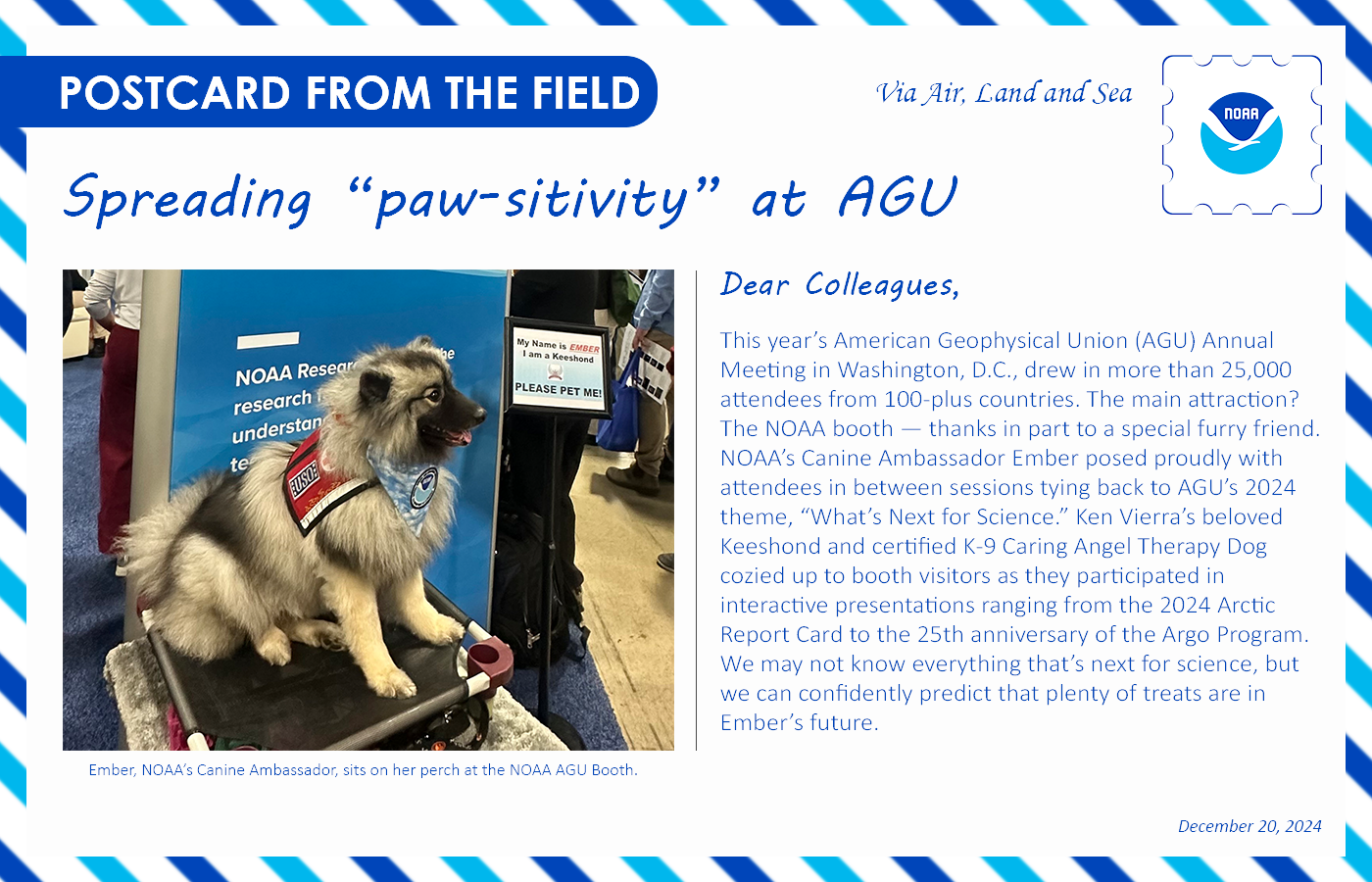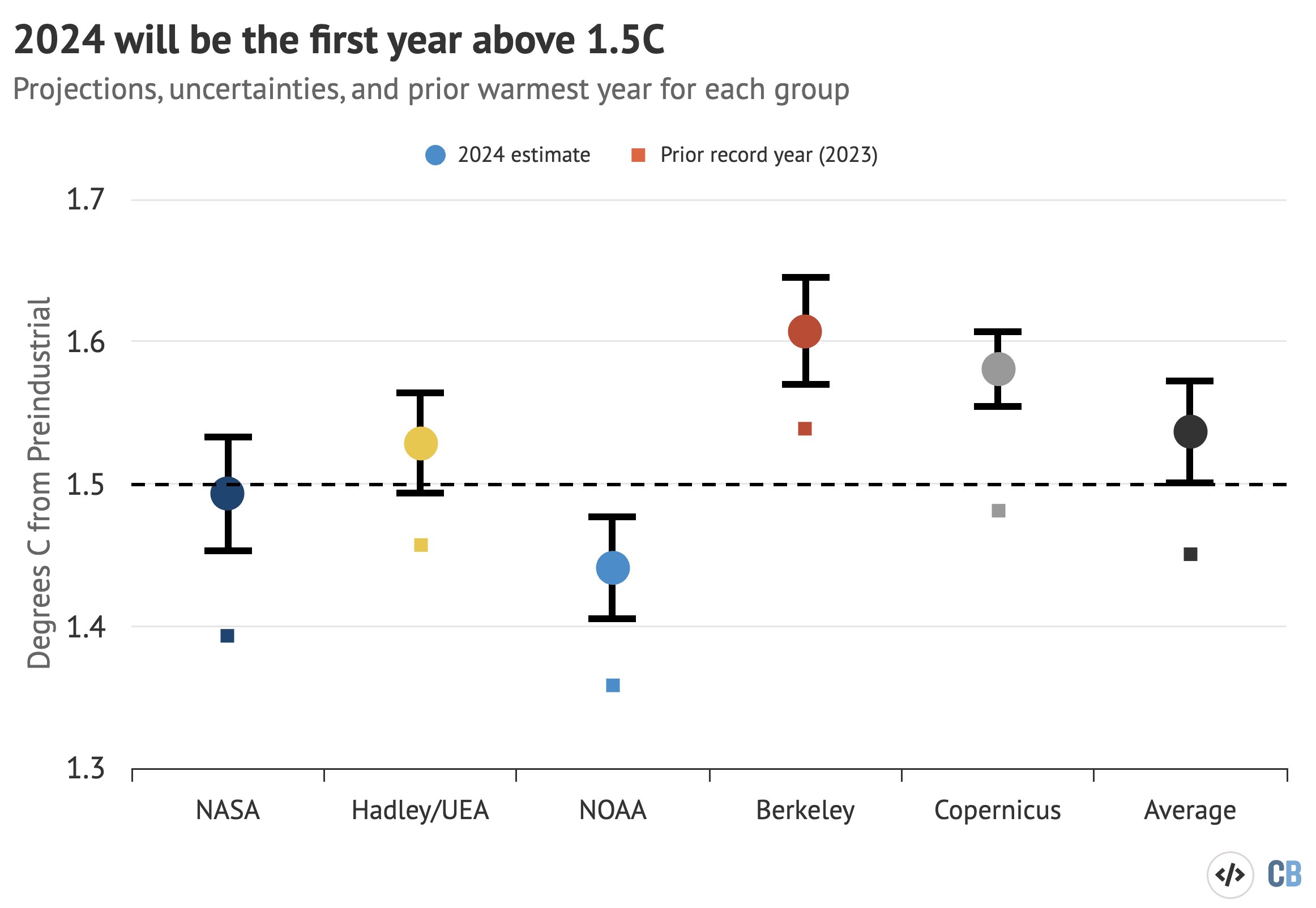A pale blue-green enigma, the planet Uranus has long fascinated astronomers precisely because of its extreme distance, some 1.6 billion miles (2.6 billion km) from Earth. While it is comparatively easy to gaze upon neighboring celestial bodies like the Moon and the planets Mars and Venus, Uranus is difficult to see without the most powerful telescopes, such as the James Webb Space Telescope. As technology has advanced, it has unlocked more secrets of the strange, tilted planet (it orbits on its side compared to other planets in the solar system), from the fact that it may rain diamonds to discovering previously-unknown moons.
Now a trio of recent studies has revealed that one of its moons, Miranda, likely has a stirring ocean beneath its surface, meaning it could harbor extraterrestrial life, and that the planet’s own internal dynamics are more bizarre than we ever imagined.
In a study published in The Planetary Science Journal, University of North Dakota astronomer Caleb Strong explained that their research revealed Miranda likely has a subsurface ocean, which Strong described as “weird.”
“It was not expected based on previous estimates of its size, which means there are likely many surprises awaiting us in the Uranus system,” Strong told Salon.
He added that it is premature to assume the presence of oceans means there is life on the planet, telling Salon that “we really don't know enough about Miranda or the Uranus system to say. While interesting, the question of life is beyond the scope of our paper.”
Astrobiologists believe that extraterrestrial life, if it exists, would require a planet or planetary moon with water and carbon in order to form organic molecules, which is why there is interest in Miranda. The Miranda paper relied on images taken from the Voyager 2 probe, the one and only spacecraft to visit Uranus, to reach these conclusions. The Voyager 2 probe was also used by a recent study from the journal Nature Astronomy which used those images to learn about the magnetosphere of Uranus. A magnetosphere is the region around a planet where its magnetic field is dominant, protecting the planet from the Sun’s destructive particles. According to Jamie Jasinski, a space plasma physicist at the NASA Jet Propulsion Laboratory, past space voyages have provided mysterious readings about the exact nature of the Uranus magnetosphere. Their new research transforms everything.
“Our findings change the view that the Uranus system is an extreme environment pertaining to intense radiation belts and a magnetosphere (or magnetic bubble) that has no plasma from the moons,” Jasinski said. “These were two major mysteries leftover from the Voyager 2 flyby, both of which can be reasonably explained by the arrival of an intense solar wind event that compressed the magnetosphere dramatically just before the flyby started i.e. squashing the magnetosphere to about 20% of its size.”
This finding has implications for another moon with an ocean, Enceladus, which orbits Saturn. Because of the strong magnetosphere of its host planet, the water on Enceladus is ionized and gets trapped within the Uranus magnetosphere. While scientists expected to see this same ionization near the Uranus moons, they were surprised to see a “vacuum magnetosphere” with no water ions. This made them speculate that the moons are inert with no ongoing activity, but that assumption was literally smashed when they realized a solar wind event had impacted Uranus several days before Voyager 2’s flyby. The astronomers realized that this could have increased the plasma loss and emptied the magnetosphere of evidence of lunar activity, and similarly could have explained the intense electron radiation belts they observed.
“If we had arrived a week earlier with Voyager 2, then the spacecraft would have made completely different measurements, and our discoveries would have been very different. Voyager 2 arrived at just the wrong time!” Jasinski said.
The scientists who studied Miranda also used Voyager 2 to discern features they may have otherwise missed.
“Miranda may have a thin ice shell (~30 km/18 miles), which would explain why it has the weird ridge structures that would have formed in response to severe tidal stress. And of course it may have a subsurface ocean,” Strong said. “Its subsurface ocean is likely to be relatively deep (~100 km/62 miles) compared to the estimated depth, say of the ocean on Saturn's moon Enceladus (~10 km/6 miles).”
The final recent paper was published in the journal Proceedings of the National Academy of Sciences. Based on the data, also acquired from Voyager 2, researchers led by a University of California Berkeley professor of earth and planetary science speculates that the surface of Uranus is layered and, like oil and water, the two layers never mix.
“After working on this project for more than ten years, I opened my laptop one morning and could not believe my eyes,” Militzer said. “The materials in my computer simulations had formed two separate layers, a bit like oil and water. This was my ‘Eureka’ moment and became the basis of the new paper.”
As for the paper itself, it is “primarily about the interiors and the magnetic fields of Uranus and Neptune, not about their atmospheres,” Militzer told Salon. “Their magnetic fields are disordered and do not have the well-defined north and south poles that we know from Earth, Jupiter and Saturn. This has been a long-standing puzzle since the Voyager 2 spacecraft detected this in 1986.”
This explains why both Uranus and its solar system neighbor, Neptune, have magnetic fields very different from the one we experience on Earth.
“Uranus and Neptune have disordered magnetic fields because they produce these fields in a thin water-rich layer in their mantles while our Earth generates its magnetic field in the core,” Militzer said.
As noted, it is extremely hard to make observations about Uranus because of its distance and the fact that we’ve only sent a probe to visit once. To make matters worse, it probably won't be until the 2040s before anything else we send there arrives. But that doesn’t mean scientists aren't making do with what they have, while revealing how truly weird this planetary system is.


